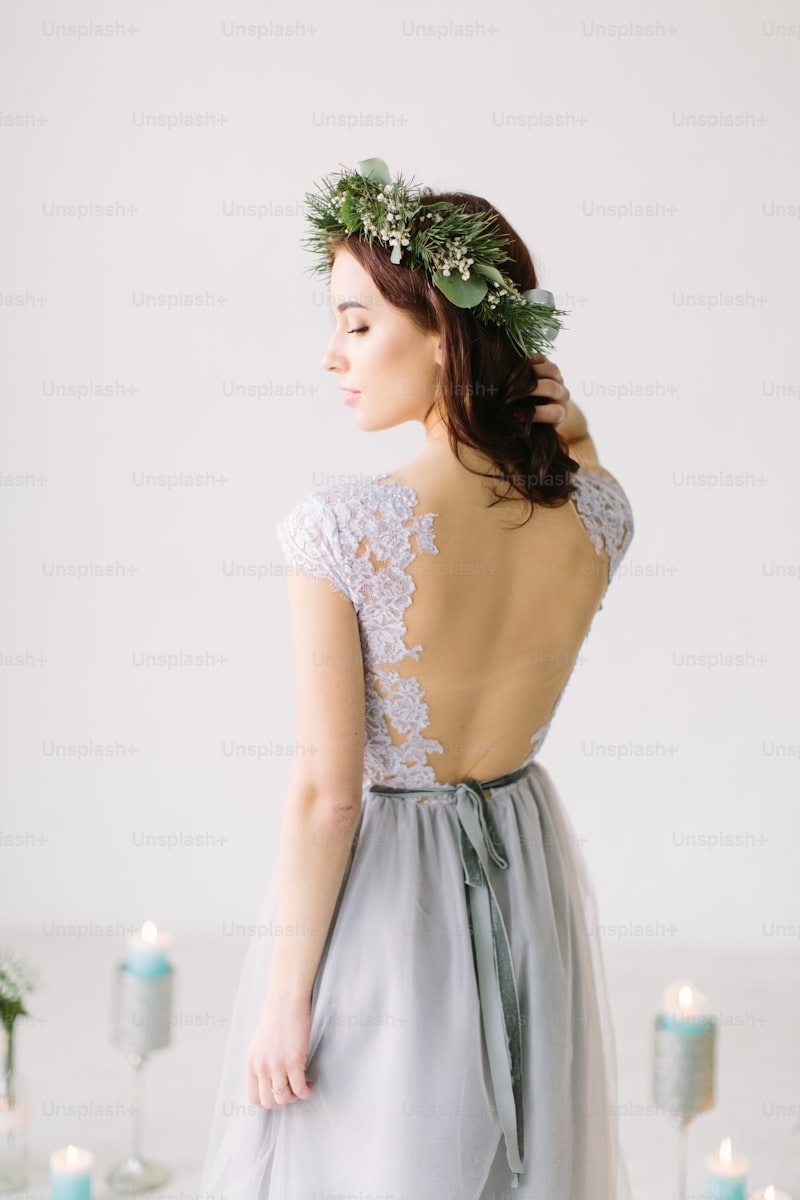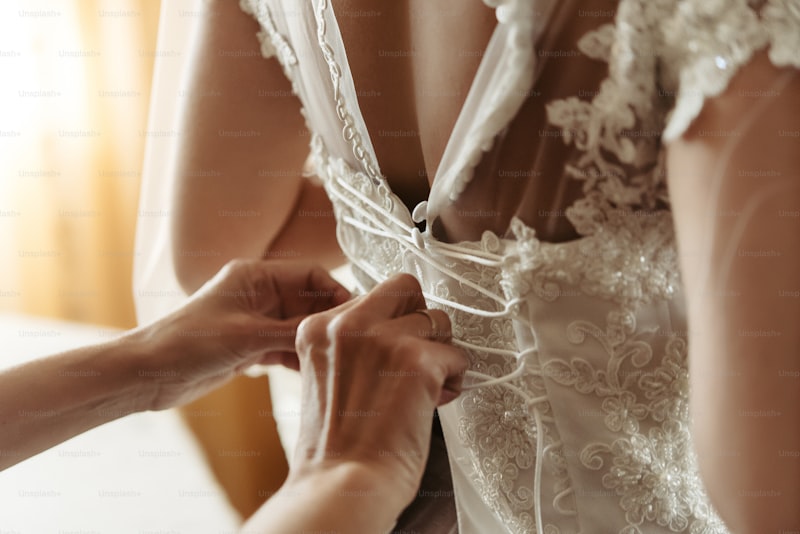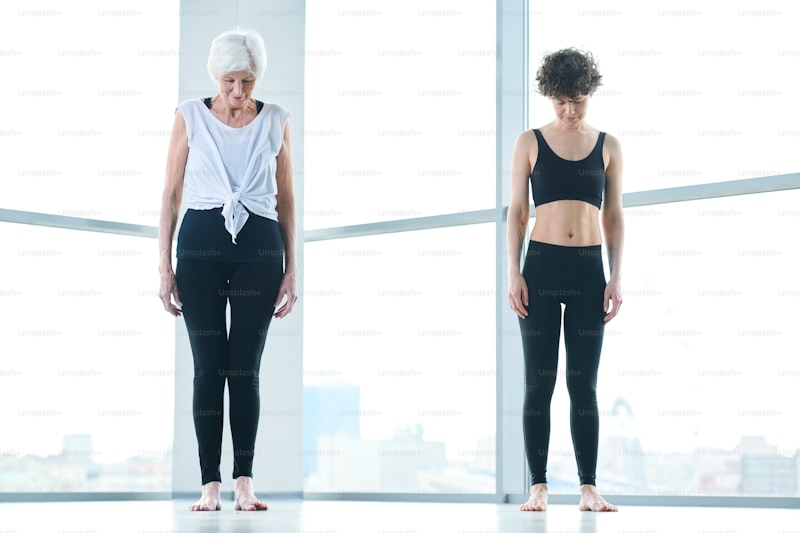Fitted vs. Flowing: What's Best for You?
IntroductionFashion is an ever-evolving landscape, and in the realm of clothing styles, two significant categories often come to mind: fitted and flowing garments. As people strive to express their individual style, it’s crucial to understand the differences between these two types of clothing and how they cater to various body types, occasions, and personal preferences. In this article, we'll explore the advantages and disadvantages of fitted versus flowing clothing, providing insights to help you make the best choices for your wardrobe.Understanding Fitted ClothingFitted clothing refers to garments that are tailored to hug the body's contours. This style is often celebrated for its sleek and polished appearance. Let’s delve into the characteristics, benefits, and considerations when choosing fitted items.Characteristics of Fitted Clothing Silhouette: Fitted clothing creates a streamlined look, accentuating the body's shape. Material: Often made from stretchy or structured fabrics that hold form well. Variety: Includes dresses, blouses, trousers, and blazers that are designed to fit closely to the body.Benefits of Fitted ClothingChoosing fitted clothing can significantly enhance your overall appearance and confidence. Here are some benefits: Enhanced Body Shape: Fitted pieces can highlight your best features, whether it be a defined waist or toned arms. Professional Appearance: Often preferred in business settings, fitted attire conveys seriousness and professionalism. ...
Navigating Body Type Myths in Wedding Dresses: Finding Your Perfect Fit
When it comes to wedding planning, one of the most exciting yet daunting tasks is selecting the perfect wedding dress. However, many brides-to-be find themselves grappling with myths regarding body types and how they relate to dress styles. In this article, we will debunk common misconceptions associated with body types in relation to wedding dresses, and guide you on how to choose the right dress that compliments your figure. Whether you are an hourglass, pear, apple, or athletic shape, it's crucial to understand what works best for you while also embracing your unique beauty.Understanding Body TypesBefore we tackle the myths surrounding body types and wedding dresses, let's briefly define the common body shapes:Body TypeDescriptionHourglassCharacterized by a defined waist with bust and hip measurements approximately equal.PearFeatures wider hips compared to bust, with a narrower waist.AppleTypically has broader shoulders and bust with a less defined waist.AthleticOften has a straight silhouette with minimal curves.Debunking Common MythsMyth 1: Only Hourglass Figures Can Wear A-line DressesMany believe that A-line dresses are exclusively flattering to those with hourglass figures. In reality, A-line gowns complement various body types due to their structured yet flowing design. They can accentuate the waist while providing coverage for wider hips, making them a go-to choice for most brides.Myth 2: Pearl-shaped Brides Should Avoid Fitted DressesAnother prevailing myth is that...
Understanding Body Types: Hourglass, Pear, Apple and More
The Fascinating World of Body TypesBody types are an intriguing aspect of human anatomy and personal aesthetics that significantly influence fashion, health, and self-image. Understanding your body type is essential for selecting suitable clothing, developing a personalized fitness routine, and embracing your unique figure. In this article, we will explore the various body types, including the hourglass, pear, and apple shapes, helping you identify your own and understand how it impacts your lifestyle.The Common Body Types ExploredWhen discussing body types, we primarily refer to the overall shape and proportions of an individual's physique. The most widely recognized categories include: Hourglass Pear Apple Rectangle Inverted Triangle1. The Hourglass Body TypeThe hourglass body type is characterized by balanced proportions, with the bust and hips being nearly equal in size, and a well-defined waist. This shape is often celebrated in fashion and popular culture, as it's considered the ideal feminine silhouette.Some key features of the hourglass body type include: Curvy hips and bust Narrow waist Balanced shouldersWhen dressing this body type, it is essential to highlight the waist and curves while maintaining symmetry. Popular styles include fitted dresses, high-waisted pants, and belted tops.2. The Pear Body TypePear-shaped individuals have a smaller upper body compared to their lower body, with hips that are wider than the bust. This body type often ...
Enhance Your Dream Wedding with Personalized Wedding Dress Fittings
The Importance of Personalized Wedding Dress FittingsEvery bride dreams of walking down the aisle in a gown that perfectly embodies her style, personality, and expectations. However, finding the ideal wedding dress can often feel overwhelming. This is where personalized wedding dress fittings come into play, transforming not just how the dress looks, but how it feels, making every moment more special.What Are Personalized Wedding Dress Fittings?Personalized wedding dress fittings involve custom tailoring sessions between brides and dressmakers or bridal shops. These sessions focus on creating a perfectly fitted gown by taking detailed measurements and incorporating the bride's preferences and style into the design process. Here’s a breakdown that highlights the advantages of personalized fittings:AdvantagesDescriptionPerfect FitEvery body is unique, and personalized fittings ensure the dress complements your shape seamlessly.CustomizationBrides can customize every aspect—from fabric choice to necklines and embellishments.ComfortA personalized fitting ensures your dress is comfortable for all-day wear on your special day.Professional GuidanceBridal consultants provide expert advice on styles that best suit individual body types and preferences.Why Invest in Personalized Fittings?Personalized wedding dress fittings are an investment in comfort, style, and ultimately, confidence. Here are several key reasons why this service is worth your time and resources:1. Confidence BoostOn...
Current Trends for Different Body Shapes: Embracing Diversity in Fashion
Fashion constantly evolves, reflecting societal changes and cultural shifts. One notable transformation in the industry is the growing recognition of various body shapes and sizes. Instead of conforming to a singular standard, the fashion world is increasingly embracing diversity. In this article, we will explore current trends for different body shapes, touching on popular styles, brands leading the way, and recommendations for individuals to empower themselves through fashion. The Shift in Fashion StandardsIn recent years, there has been a significant shift from the traditional "ideal" body image toward a more inclusive representation of beauty. This change is evident in advertising, runway shows, and everyday fashion choices, where individuals of all shapes and sizes are celebrated. The beauty of this trend lies in the diversity it showcases, making fashion more accessible and relatable to everyone. Understanding Different Body ShapesBefore delving into current trends, it is vital to understand the different body shapes that exist. Here are some of the most common body types:Body ShapeDescriptionAppleCharacterized by broader shoulders and bust, heavier midsection, and narrower hips.PearFeatures wider hips and thighs with a smaller bust and waist.HourglassDefined by balanced bust and hips with a significantly smaller waist.RectangleSimilar waist, hip, and shoulder measurements, with little definition at the waist.Inverted TriangleWider shoulders and bust compared to narrowe...
Understanding Dress Proportions Before You Buy: A Comprehensive Guide
When it comes to fashion, understanding dress proportions before making a purchase is vital for achieving a wardrobe that flatters your figure and enhances your style. This article aims to provide a detailed overview of dress proportions, helping you make informed decisions when you shop. We'll cover key concepts, tips, and FAQs to ensure you know what to look for.Why Dress Proportions MatterDressing well goes beyond choosing the right fabrics and colors; it involves understanding how different cuts and styles interact with your body shape. Dress proportions refer to the relationship between the different elements of a dress, such as length, width, and fit, and how they correlate to your specific body type.The Basics of Dress ProportionsWhen evaluating dress proportions, consider the following factors:FactorDescriptionLengthThe distance from the shoulder seam to the hemline.FitThe style and shape of the dress itself, whether it’s fitted, loose, A-line, etc.SilhouetteThe overall shape created by the dress, which can influence how proportions are perceived.BalanceThe equilibrium created between different sections of the dress and between the dress and the body shape.Body Types and Corresponding Dress StylesUnderstanding your body type is crucial for selecting the right dress proportions. Here’s a brief overview of common body types and suitable dress styles:Body TypeIdeal Dress StylesHourglassWrap dresses, fitted bodices, and pencil skirts that emphasize curves.RectangleA-line ...
Exploring the Emotional Aspects of Dressing for Your Body
In today’s world, fashion and self-expression go hand in hand. However, the emotional aspects of dressing for your body often take a back seat to trends and societal expectations. Understanding the emotional significance behind the clothes we choose can empower us to enhance our confidence, self-esteem, and overall well-being.The Impact of Clothing on Self-PerceptionThe clothes we wear profoundly influence our self-perception and emotional health. When we dress in a way that makes us feel good, we tend to exude confidence and positivity. Conversely, ill-fitting clothes or styles that don’t resonate with our sense of self can lead to feelings of inadequacy or self-consciousness.Why Dressing for Your Body MattersDressing for your body involves more than just picking clothes that fit; it encompasses appreciation for your unique shape and style. Taking the time to understand your body type can transform dressing from a chore into an empowering act. Here are some emotional benefits of dressing for your body: Increased Confidence: Wearing clothes that fit and flatter your body type can significantly boost your self-confidence. When you feel good about how you look, you naturally project a more positive image. Enhanced Mood: Clothes can have a direct impact on your mood. Choosing outfits that reflect your personality and make you feel happy can uplift your spirits throughout the day. Improved Self-Acceptance: Dressing for your body encourages self-acceptance. It allows you ...





